What Data Analysis Tools Should I Learn to Start a Career as a Data Analyst?
If you're looking to switch careers and get into the data analysis game, read on for a quick overview of the tools and skills you'll need.
Join the DZone community and get the full member experience.
Join For FreeFor data analysis, I have always emphasized that the core is the business. We associate the analysis logic of the business with the processing logic of data analysis, and data analysis tools are the means to help us achieve results. Just as we choose different vehicles according to different roads, the right tools can help us reach the end faster. We should choose different tools for different links of data analysis.
Today's article is to tell you what data analysis tools you should learn to start a career as a data analyst.
1. Identify the Needs of Analysts: Business or Technology
In the enterprise, data analysts are often divided into two categories: business analysts and technical analysts. And the capabilities and work content of the two are quite different, their requirements for tools are also differ accordingly.
Business analysts often work in the marketing department, sales department, etc. The daily work is more about sorting out business reports, doing special analysis for specific businesses, and measuring data and developing plans around business growth.
Technical analysts generally belong to the IT department or data center. According to different work links, they are divided into database engineers, ETL engineers, crawler engineers, algorithm engineers, and so on. In small and medium sized enterprises, these processes are often handled by one technical analyst. In large enterprises, a standard data center needs a data warehouse, special analysis, modeling analysis, and other groups to complete the data development work.
The reason for this distinction is that we need a multi-level complex data system to deal with data. A data system requires a combination of data collection, data integration, database management, data algorithm development and report design. In this way, we can gather the bits and pieces of data scattered around, set common indicators, and make all kinds of cool charts. Every link here requires corresponding technical support and personnel work, so there are different positions.
When you are looking for a data analysis position, you must distinguish whether it is on the technical or business side, and whether it matches your own professional inclination.
2. Identify Attributes of Tools: Analysis Tools or Code Tools
Analysts have the distinction between technology and business, and the corresponding data analysis tools also have such attributes.

Analysis Tools
For junior data analysts, mastering Excel is a must. You must be proficient in PivotTables and formulas. And using VBA will be a plus. In addition, you must learn a statistical analysis tool. SPSS is better for beginners.
For senior data analysts, the use of analytics tools is a core competency. VBA is a basic necessity. And you have to master at least one of the three analysis tools: SPSS, SAS, and R. You can also learn other tools such as Matlab, but it depends.
For data mining engineers, R and Python are necessary, as you have to write code.
Code Tools
For junior data analysts, you only need to write SQL queries.You can also learn some Hadoop and Hive queries.
For senior data analysts, in addition to SQL, learning Python is necessary to get and process data with less effort. Of course, other programming languages are also alternatives.
For data mining engineers, you have to use Hadoop, Shell, Python, Java, C++, etc. In short, knowing a programming language is definitely the core competence of data mining engineers.
The following image illustrates the attributes and functions of data analysis tools.
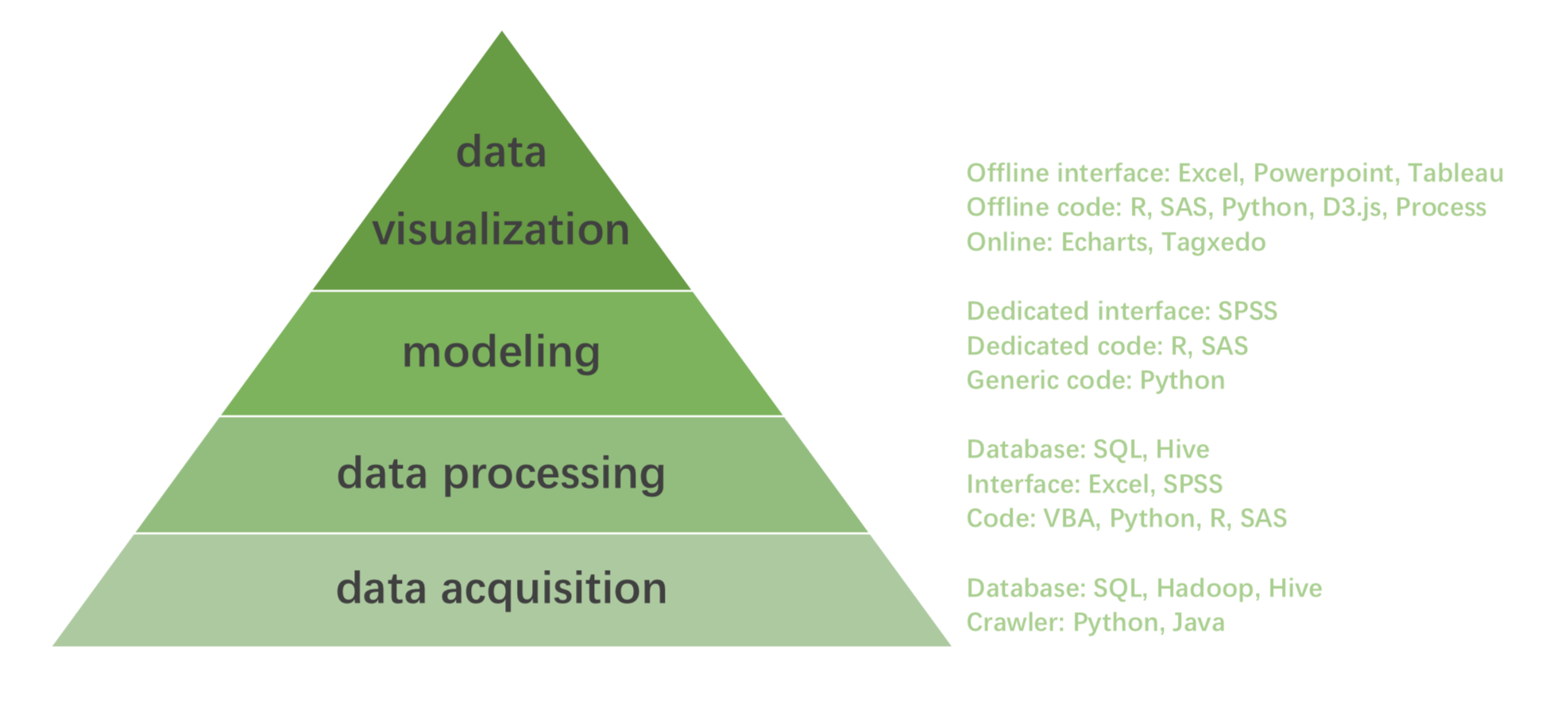
3. Identify the Data Architecture of the Enterprise
The use of data analysis tools depends on the needs and environment of the business. Why do data analysts in small companies just use Excel for reporting, and analytics for large companies require Python and R? It depends on the data architecture of the enterprise.
From the perspective of IT, tools can be divided into two dimensions in practical applications.
Dimension 1

1) Data Storage
You don't have to delve into the concept of database storage and database languages, after all, there is a professional DBA. But you must at least understand the way data is tored, the basic structure of data, and the types of data avialable. The SQL query language is essential. You can start with the usual Select, Update, Delete, and Insert.
Access is the most basic personal database. MySQL is necessary for departmental or Internet database applications, and at this time you need to know the database structure and the SQL query language. SQL Server 2005 or higher is enough for small and medium sized enterprises. Some large enterprises can also use SQL Server databases. In fact, in addition to data storage, it also includes data reporting and data analysis.
DB2 and Oracle are large databases, mainly for enterprise services. Large enterprises need to store huge amounts of data, so this type of database is a must. Generally, large database companies provide very good data integration and application platforms.
As for BI, it is actually not a database, but an enterprise-level data warehouse based on the previous databases. Data storage built on data warehouses is basically a business intelligence platform that integrates various data analysis and reporting functionalities.
2) Data Report
Enterprises need to read and display data. And reporting tools are the most commonly used tool. In the past, most traditional reports just solved the problem of visualization. Now, some analytical reporting tools are coming about that are cross-processed with other applications to do data analysis reports. Through the functions like interface opening, data filling, and decision-making, they enable data storage and data exhibition, which is regarded as early business intelligence.
BI tools like Tableau, PowerBI, FineReport, and Qlikview cover multiple levels of reporting, data analysis ,and data visualization. The bottom can also be connected to the data warehouse to build an OLAP analysis model.
3) Data Analysis
There are a lot of data analysis tools, and the one we use most is Excel.
Many people only master 5% of Excel functions. Excel is very powerful. It can complete a lot of statistical analysis work. But I often say that specializing in a statistical software is better than using Excel as a statistical tool.

SPSS
The current version is 18, and the name has also been changed to PASW Statistics. I started with version 3.0 and used it for programming analysis in the Dos environment. Over time, it has become a predictive analytics software, moving from an emphasis on medicine and chemistry to the current emphasis on business analysis.
SAS
SAS is more powerful than SPSS. And it is platform-based. Relatively speaking, SAS is more difficult to learn. But if you master SAS, you can solve more problems. For example, for discrete selection models, sampling, orthogonal experimental design, etc., it is better to use SAS. In addition, there are more learning materials for SAS.
Other tools are Python and R, which I will introduce in detail next time.
4) Data Exhibition
Data exhibition is also called data visualization. Almost every tool mentioned above provides some functions of data display. But the most frequently used tool for enterprises is BI.
BI stands for Business Intelligence, which is a complete solution in traditional enterprises. It effectively integrates enterprise data and quickly produces reports to make decisions. It involves data warehouses, ETL, OLAP, access control, and other modules.
Here I take a very popular BI tool in 2019, FineReport, as an example. It has two main uses.
One is to make automated reports. Data analysts are exposed to a large amount of data every day. And they need to sort and summarize the data, which is a big workload. We can hand over this part of work to FineReport. It automates data shaping, modeling, and downloading.
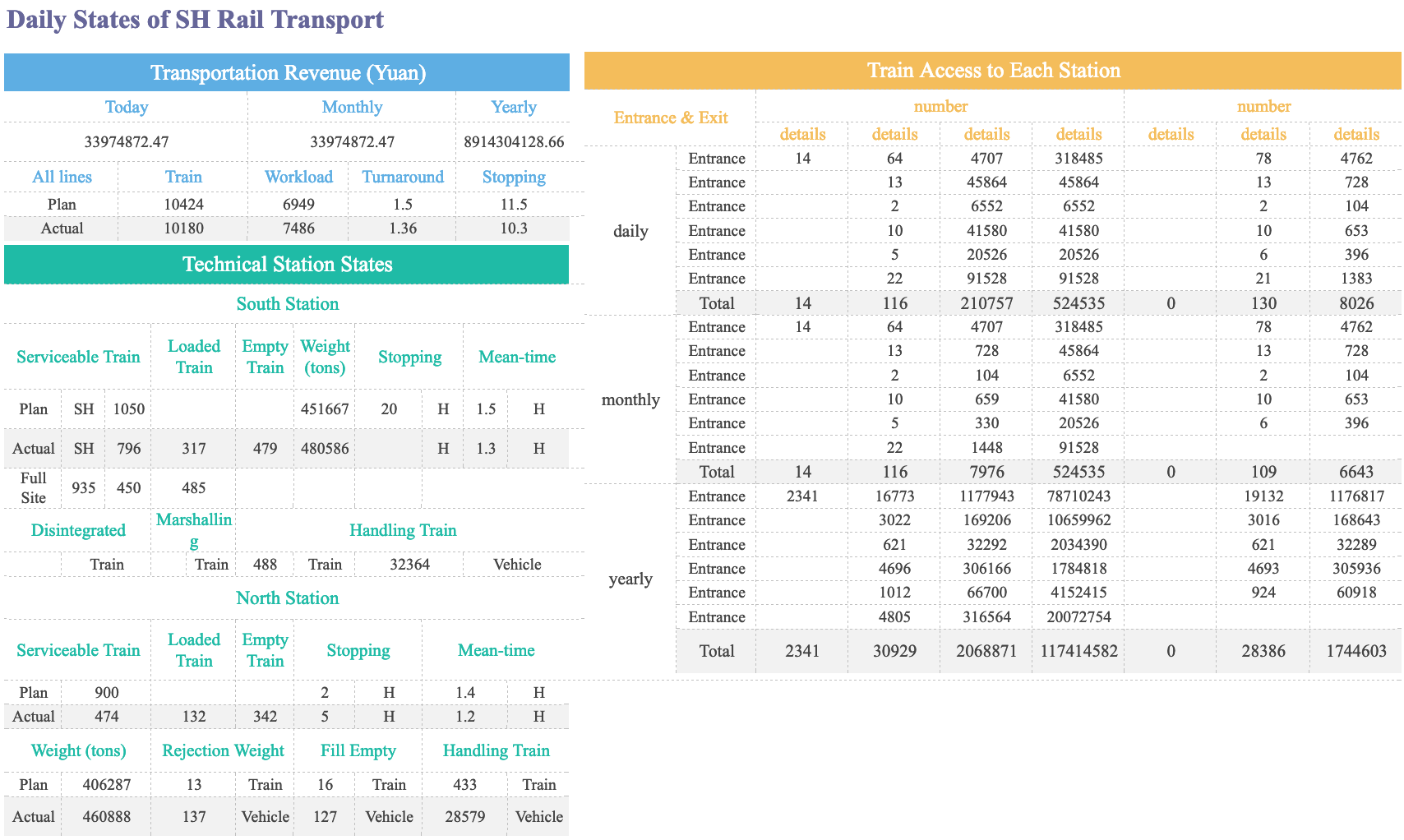
The other is to use its visualization function for analysis. The advantage of FineReport is that it provides a richer visualization function than Excel. And it is easy to use. If you spend two hours a day drawing, FineReport will shorten it by half.
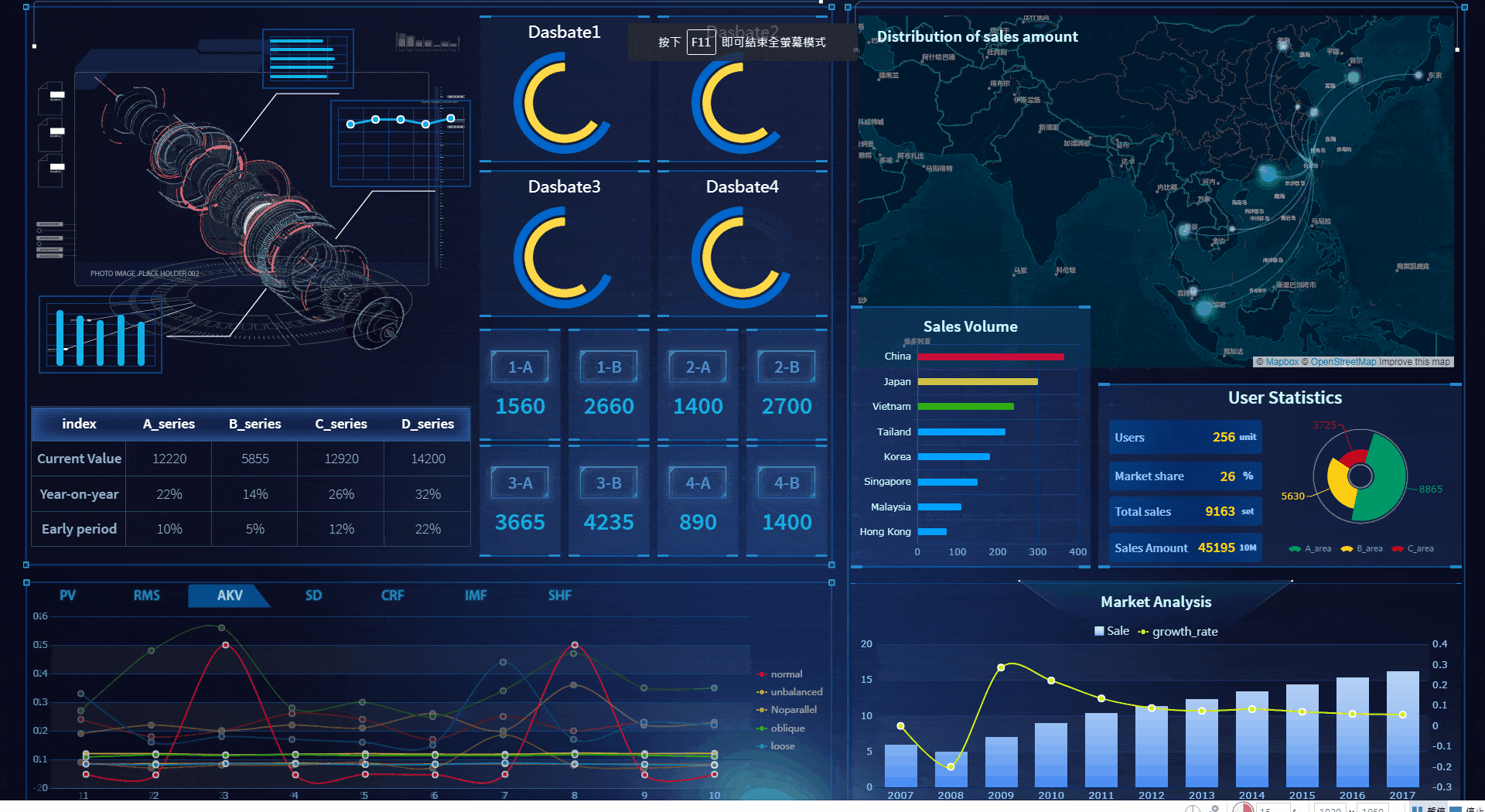
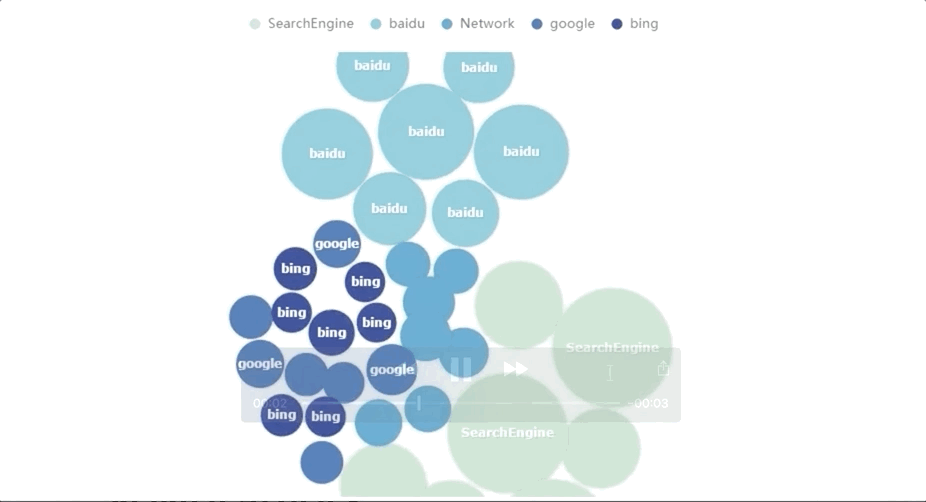
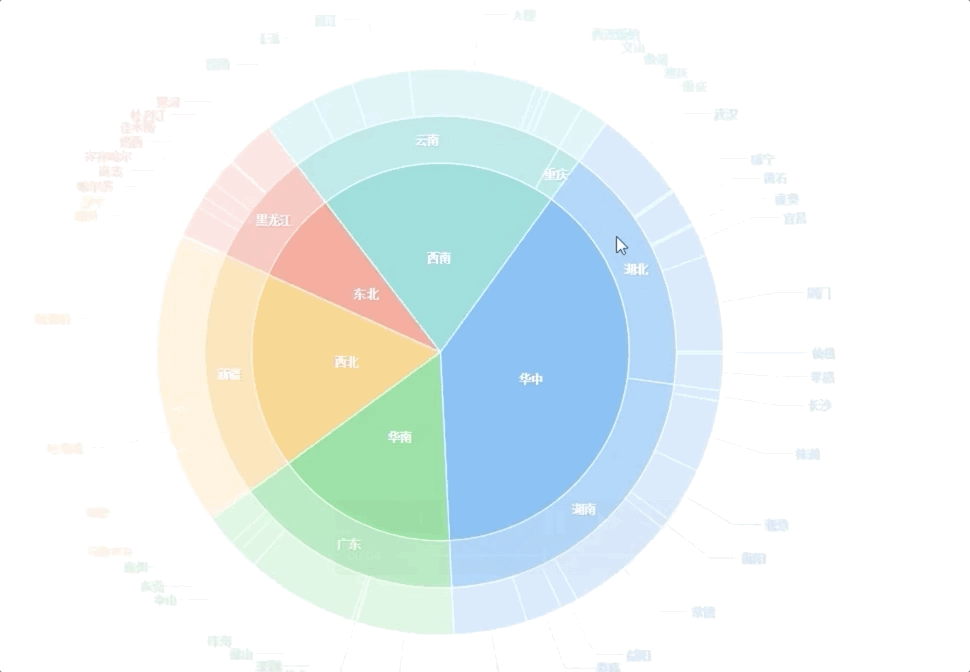
In the initial stage of learning data analysis, BI tools are undoubtedly the easiest to learn. If you are ready to enter the field of data analysts, I highly recommend you use this data analysis tool, FineReport. You can click here to download and use it for free. And the official website also provides tutorials to help you get started quickly.
Published at DZone with permission of Lewis Chou. See the original article here.
Opinions expressed by DZone contributors are their own.

Comments